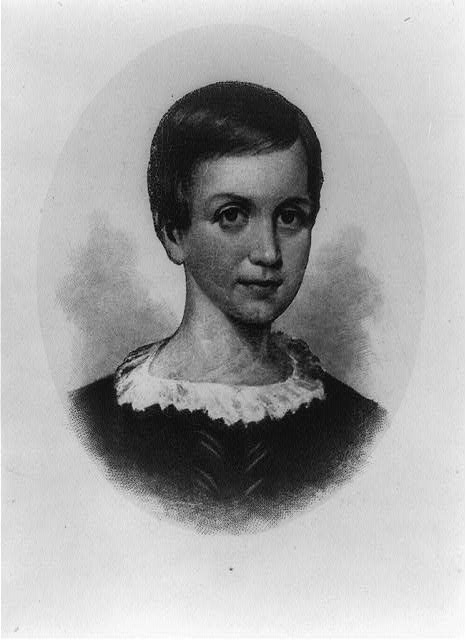Curious about the NCTE and Library of Congress connection? Through a grant announced recently by NCTE Executive Director Emily Kirkpatrick, NCTE is engaged in new ongoing work with the Library of Congress, and “will connect the ELA community with the Library of Congress to expand the use of primary sources in teaching.” Stay tuned for more throughout the year!
Poet Emily Dickinson was born on December 10, 1830. Dickinson wrote nearly 1,700 poems, though fewer than 10 were published in her lifetime. Her style, consisting of unorthodox phrasing, imagery, syntax, and capitalization, was considered too radical at the time she wrote. Today, Dickinson’s work is considered among the greatest in American literature.
Consider using the poems of Emily Dickinson as an entry point into poetry because of what they offer with their richness of language, meaning, and effect. Read more in this blog post from the Library of Congress: “Introducing Students to Poetry through the Work of Emily Dickinson.”
Use one of Dickinson’s most famous poems, “This Is My Letter To The World,” for a classroom activity on how audience affects voice.
Discuss the poem with your students, focusing on the idea that the speaker was writing to a “world” that did not care about them and that they wanted to be treated gently. Ask students to imagine themselves stranded on a desert island for 10 years. Invite students to write two letters to send off the island in two separate bottles. One letter should be addressed and written to someone they know and care about. The second letter should be addressed and written to the world at large (i.e., no one person in particular).
After this exercise, students should consider how much of their writing depended on the audience. Have them examine word choice, subject, and tone in each letter.
You can learn even more about Dickinson in “Emily Dickinson and the Science of Poetry.”
How do you incorporate Emily Dickinson into the classroom?

